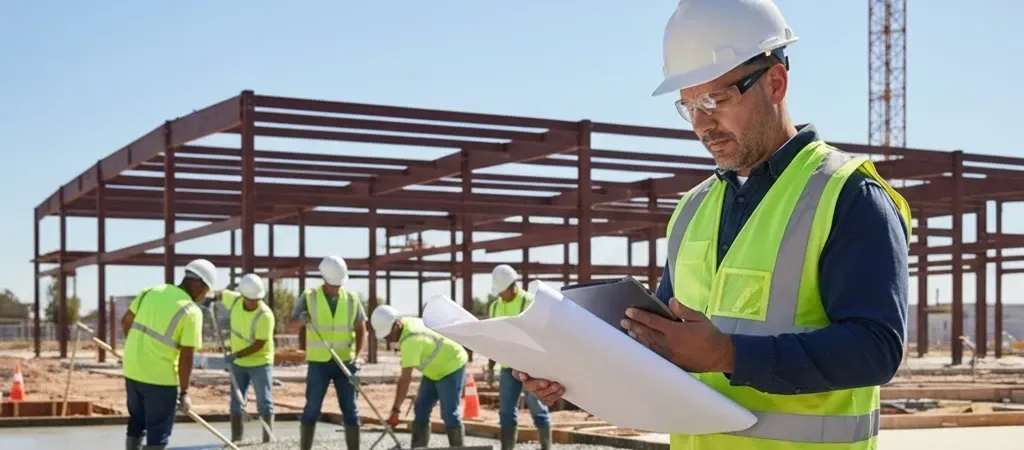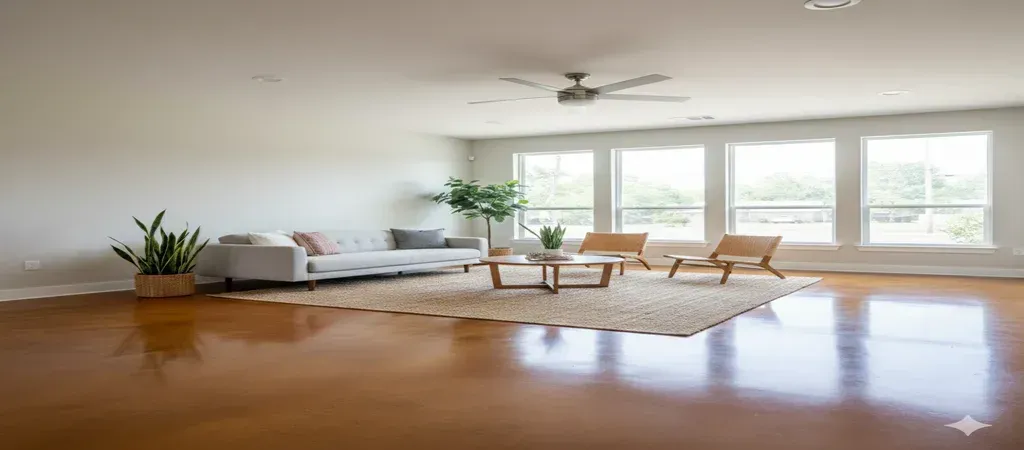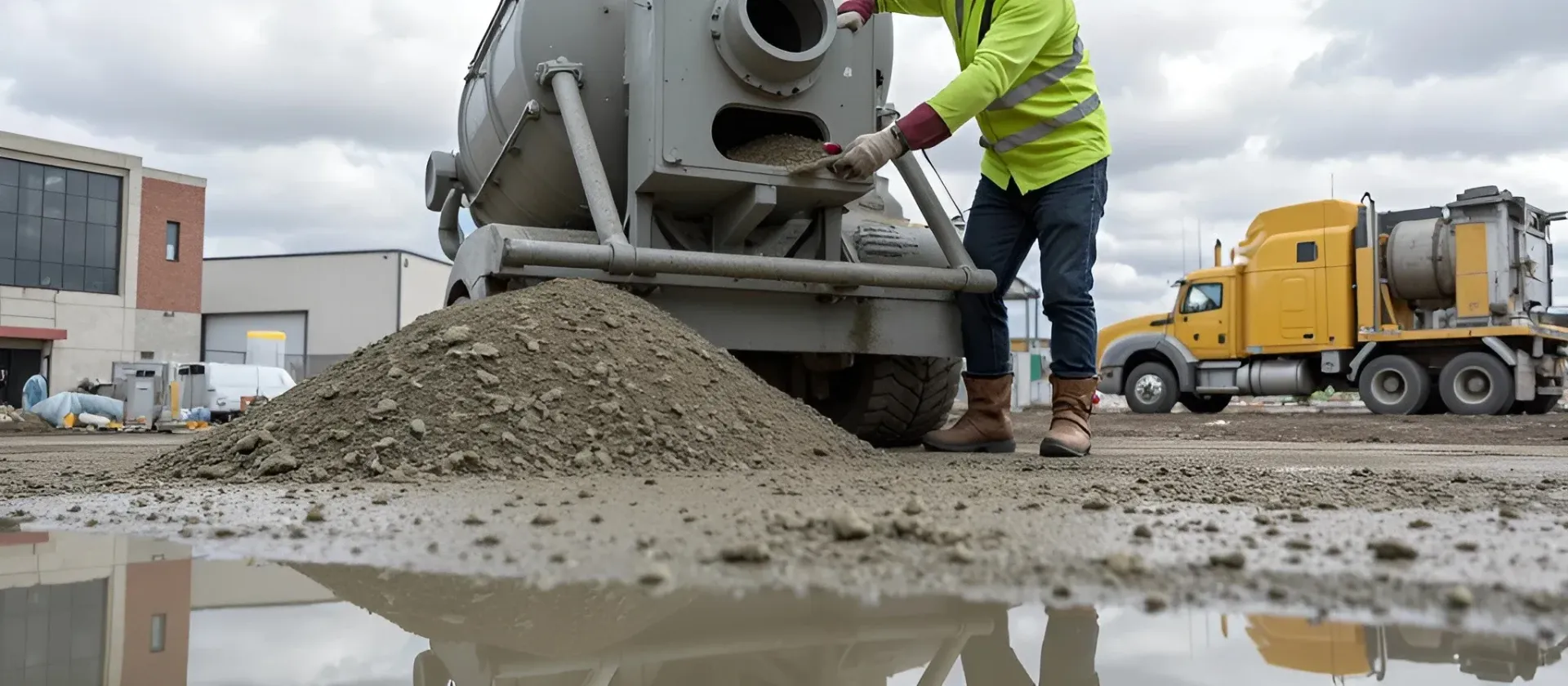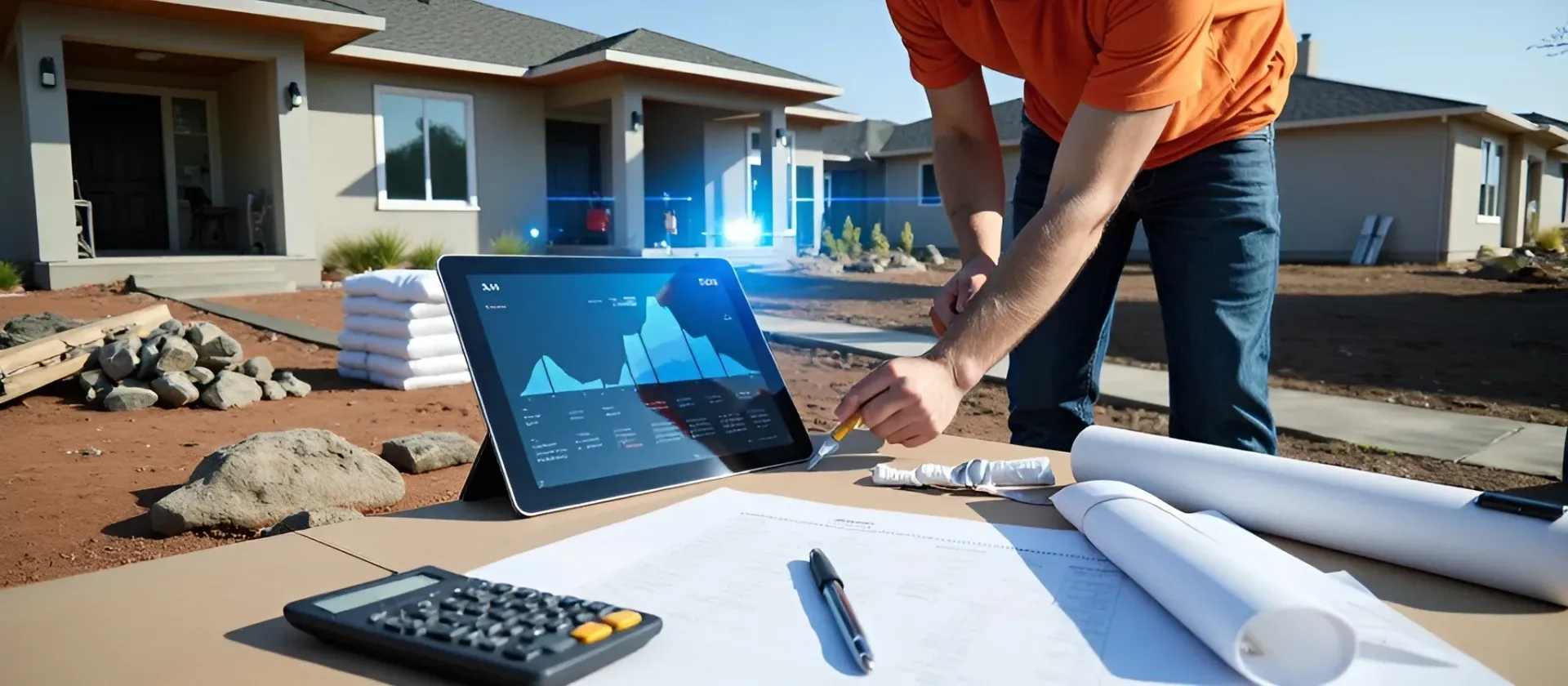Maximizing Concrete Durability Through Expert Planning and Project Knowledge
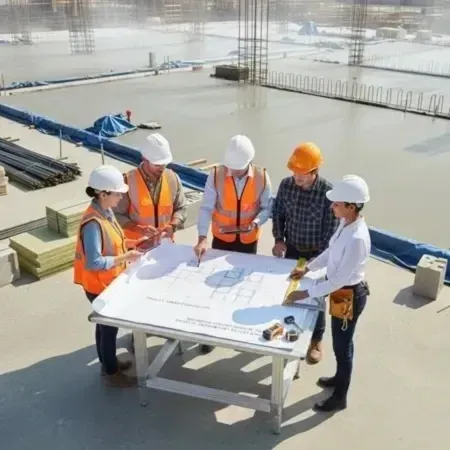
Have you ever walked past a cracked driveway and wondered how something as solid as concrete could fail so quickly? Or maybe you’ve seen a warehouse floor that still looks flawless after years of forklifts rolling across it. In concrete construction, durability begins long before the first truck backs up to a job site. It starts with planning, experience, and an understanding of how each decision affects the strength of the final structure.
Heat, humidity, and clay soils constantly test concrete’s resilience, which makes knowledge essential. Generations of concrete professionals have learned that lasting strength depends on much more than a good mix. It’s about timing, sequencing, and the kind of judgment that only comes from hands-on experience.
Planning: The Foundation of Durability
The planning phase is where the difference between a five-year surface and a fifty-year foundation is made. Skilled contractors begin by analyzing soil conditions, drainage, and load requirements to ensure the site can handle the intended structure. In Acadiana, for example, clay soils expand and contract with moisture. That’s why improper preparation leads to cracks, shifting, and premature deterioration.
The soil beneath a slab must be stable and evenly supported. Likewise, the mix design must be chosen based on the project’s specific use. A residential patio doesn’t bear the same stress as a commercial foundation, so planning each element with precision ensures both performance and longevity.
Another vital part of planning is sequencing. Contractors must determine when to pour, when to cure, and how to shield the concrete from Louisiana’s unpredictable weather. A sudden rainstorm, or even an unexpected rise in humidity, can ruin surface texture or cause internal stress if not accounted for. Knowing the proper scheduling and timing, guided by experience, helps prevent costly damage and ensure the concrete develops maximum strength.
Durability defines the true value of concrete. It’s what allows structures to stand strong through time and environment. Learn more about the principles that make concrete one of the world’s most enduring materials.
Execution: Turning Knowledge into Strength
Once planning is complete, execution transforms blueprints into reality. No two pours are identical. The weather, subgrade conditions, and even the concrete’s temperature can alter how it sets. That’s why on-site expertise is critical. Seasoned professionals know how to adjust methods in real time, relying on years of experience rather than rigid instructions.
An expert finisher can determine the perfect moment for troweling simply by observing the sheen and resistance of the surface. That instinct, earned through countless projects, prevents surface defects such as dusting or delamination. Likewise, the correct placement of reinforcement and precise control-joint spacing help manage natural shrinkage and prevent cracking.
In South Louisiana’s fluctuating temperatures, even the smallest oversight can cause structural problems later. Contractors who understand expansion joint design, proper curing, and reinforcement spacing deliver concrete surfaces that endure decades of stress.
Every project demands a mix designed for its purpose. See how the right mix design can enhance durability and reduce costly repairs.
Materials and Reinforcement: The Backbone of Durability
The materials chosen for a project directly affect its lifespan. High-quality cement, clean aggregates, and controlled water ratios all play vital roles. Adding too much water may make the mix easier to handle, but it weakens the concrete by increasing porosity. Experienced professionals maintain the balance between workability and structural strength.
Whether it’s rebar, wire mesh, or fiber additives, proper installation of reinforcement ensures the slab can flex under weight without fracturing. In humid Louisiana conditions, reinforcement must be adequately covered to prevent corrosion, which is one of the leading causes of premature failure.
Commercial projects, such as restaurant additions or warehouse floors, demand thicker slabs and stronger PSI mixes to handle constant wear.
Curing and Maintenance: Protecting the Investment
It’s not enough to pour and walk away. Curing is where concrete gains its true durability. The curing process allows hydration to continue so the concrete achieves its designed strength. Without proper moisture retention, the surface may shrink and crack before it fully hardens.
In Louisiana’s heat, curing must be managed carefully. Professionals often use curing compounds, wet coverings, or evaporation control methods to keep moisture in the slab. Even after initial curing, regular maintenance, such as sealing every few years, protects against oil stains, water intrusion, and freeze-thaw cycles.
Preventing Problems Before They Start
Concrete rarely fails because of one big mistake. It usually fails due to small errors that accumulate, such as improper grading, poor curing, or insufficient reinforcement. That’s why it is important to recognize these pitfalls before they happen. The knowledge of experienced contractors allows them to anticipate soil movement, weather changes, and material behavior.
This foresight saves time, money, and frustration. It’s what transforms a standard pour into a long-term investment. Each project becomes an opportunity to apply both learned science and instinctive craftsmanship.
Strong results begin with strong management. Find out how expert project oversight helps avoid costly concrete mistakes and ensures long-term durability.
The Balance of Science and Craftsmanship
Concrete is a blend of engineering precision and hands-on artistry. The science provides structure and standards, while craftsmanship ensures those standards are met with care and attention to detail. Every line, joint, and finish reflects the balance between knowledge and skill.
Across South Louisiana, many of the most durable concrete structures share one common trait: they were built by people who understood that durability is earned through planning, not chance.
It’s about expert planning, deep project knowledge, and a commitment to craftsmanship that ensures every pour stands strong for generations. Bring that same level of expertise to your next project by working with professionals who understand the art and science of concrete construction.
